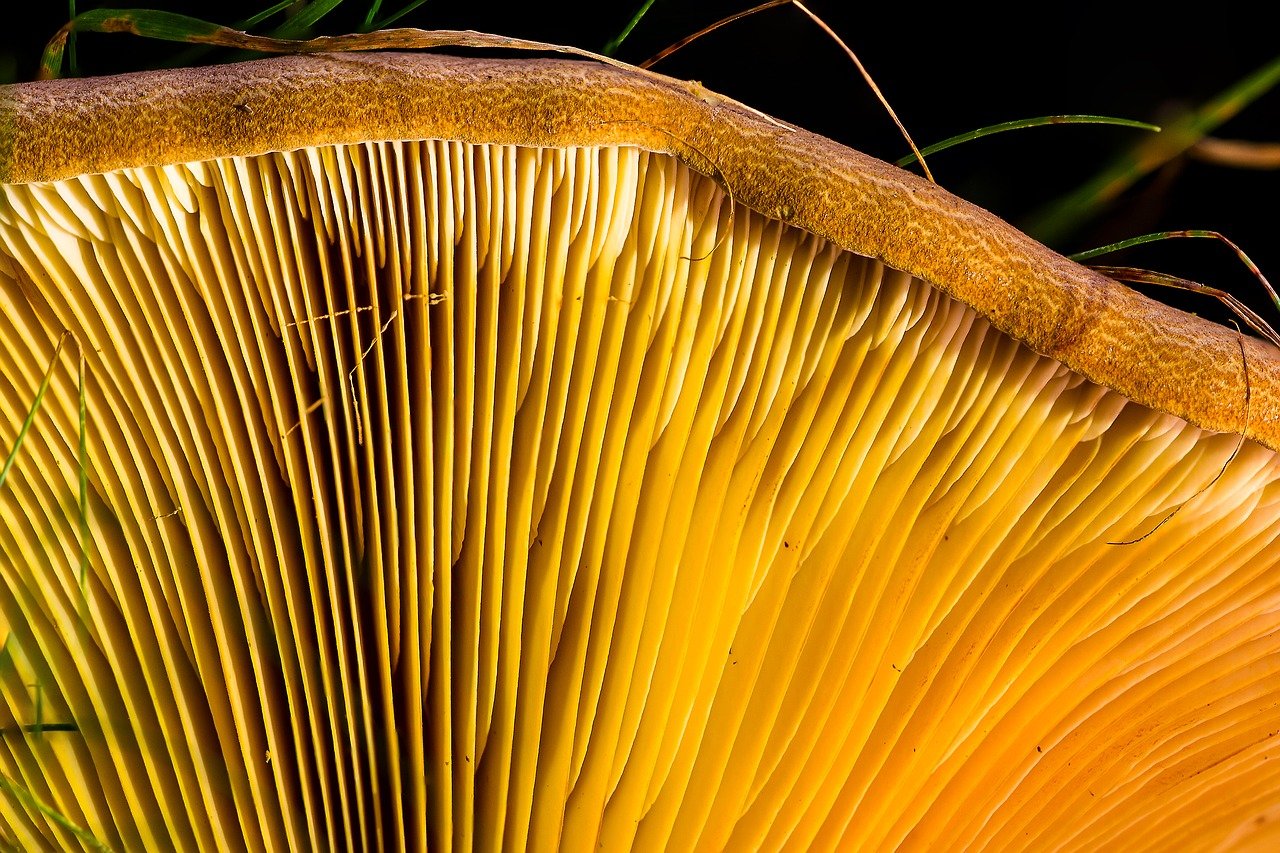Mycelium
• Mycelium is a root-like structure of a fungus consisting of a mass of branching, thread-like hyphae, through which it absorbs nutrients from its environment.
• Mycelium is lightweight, easy to mould, and easy to produce.
• Alternatives to polystyrene and plastic packaging can be produced by growing mycelium in agricultural waste.
• Depending on the strain of mycelium used, many different varieties of the material are possible, such as water absorbent, flame retardant, and dielectric.
• Mycelium is lightweight, easy to mould, and easy to produce.
• Alternatives to polystyrene and plastic packaging can be produced by growing mycelium in agricultural waste.
• Depending on the strain of mycelium used, many different varieties of the material are possible, such as water absorbent, flame retardant, and dielectric.
Mycelium is mainly composed of natural polymers as chitin, cellulose, proteins, etc, so it is a natural polymeric composite fibrous material.
As the vegetative part of a fungus, mycelium has the unique capability to utilize agricultural crop waste (e.g., sugarcane bagasse, rice husks, cotton stalks, straw, and stover) as substrates for the growth of its network, which also helps to utilize the waste and reduce its diversion to the landfill.
The best temperature for growing mycelium is room temperature with high humidity.
The different fabrication processes will create different functional mycelium bio-composites. The most common method is oven drying to remove the residue water within the mycelium and substrate, producing lightweight and high-strength foams
Most common and useful commercial application is in the form of packaging.
Mycelium-based foam and sandwich composites have been actively developed for construction structures.
It can be used to produce chitin and chitosan, which have been applied to clinical trials for wound healing, showing the potential for biomedical applications.
By adding rice husks and glass fines to the substrates, the fire resistance can improve as it can release a lot of char and silica ash to tolerate high temperature during burning.
The substrate composed of 50% switchgrass and 50% sorghum leads to the composite of highest acoustic absorption.
The limitations of using mycelium are low weight carrying capacity and high water absorption.
